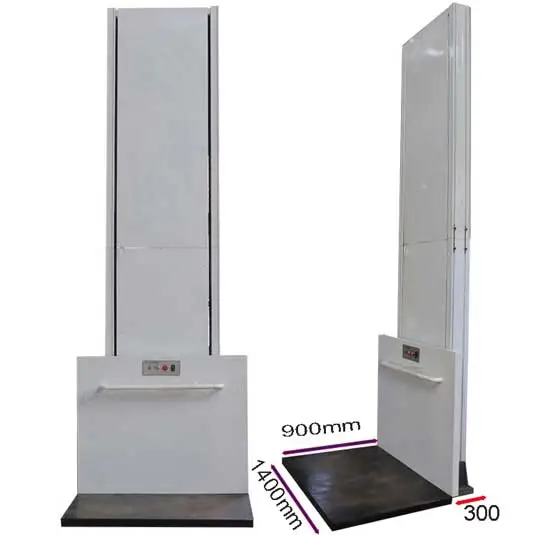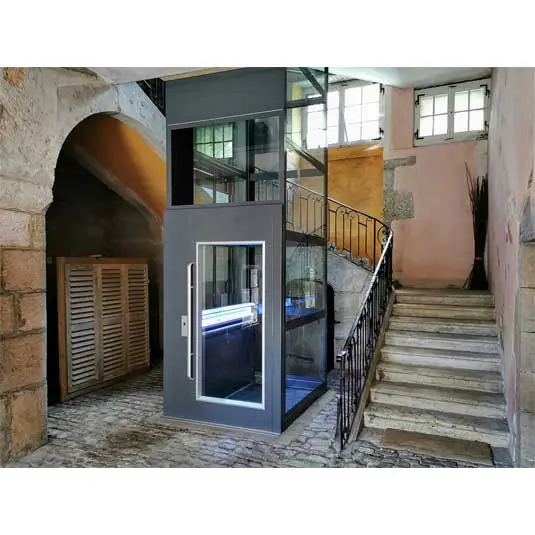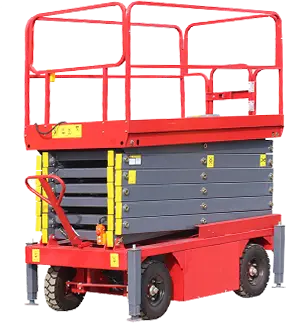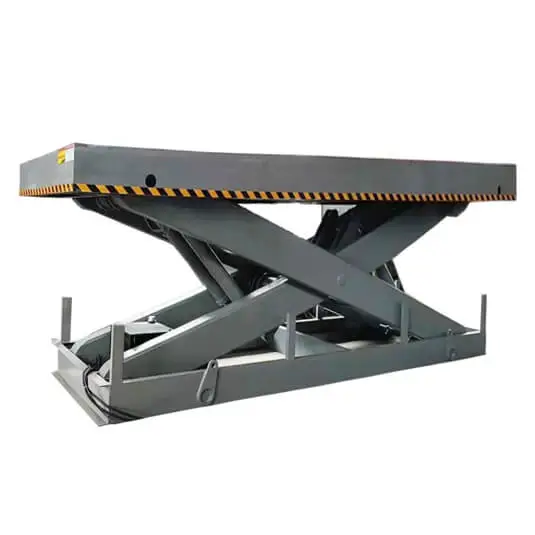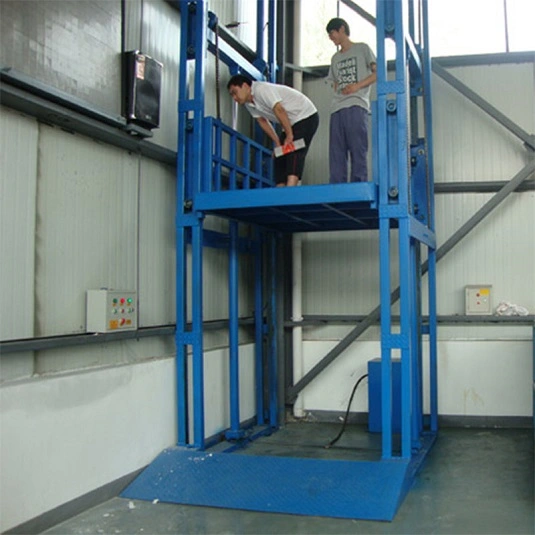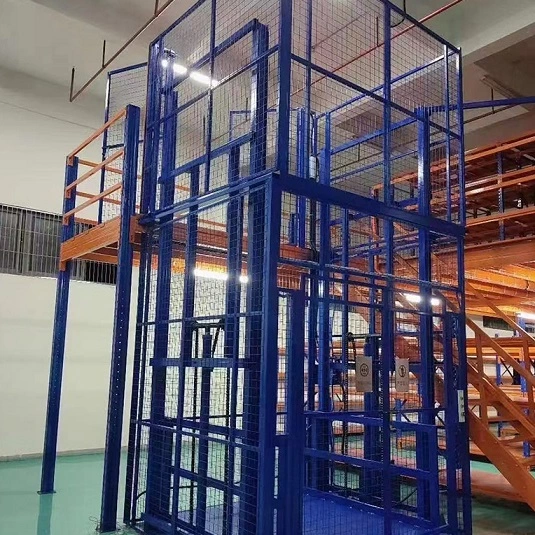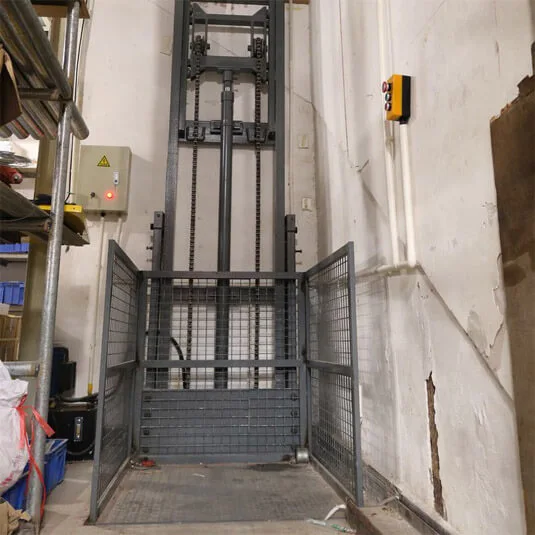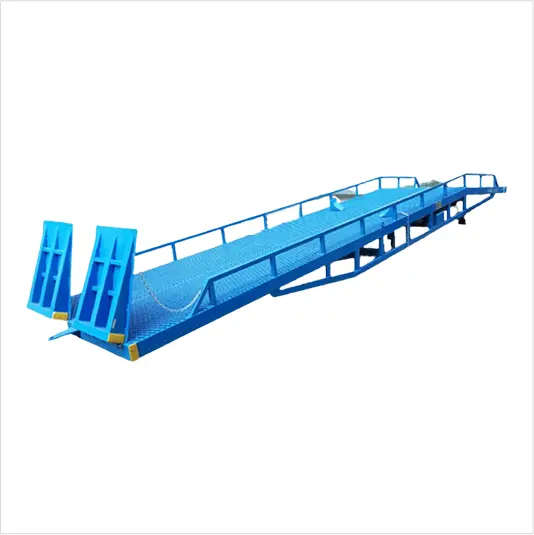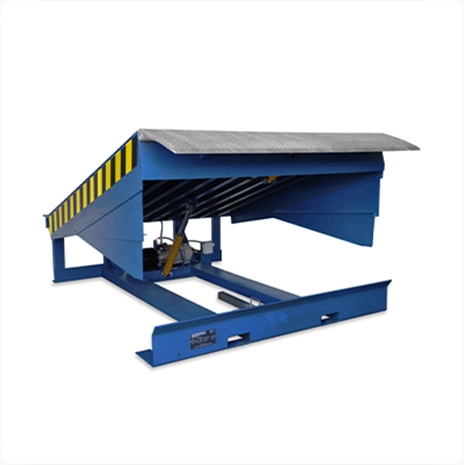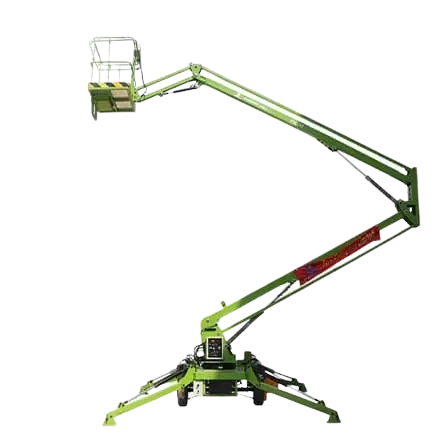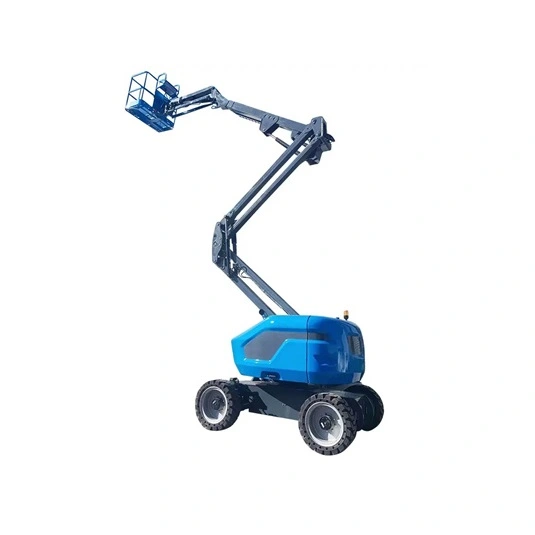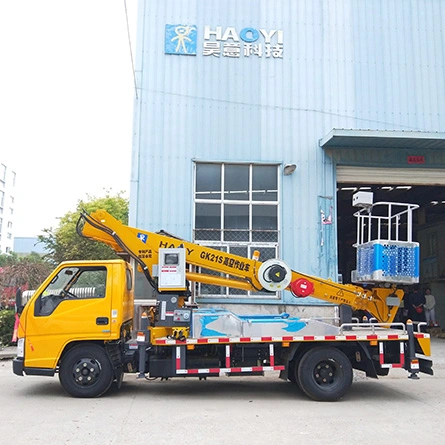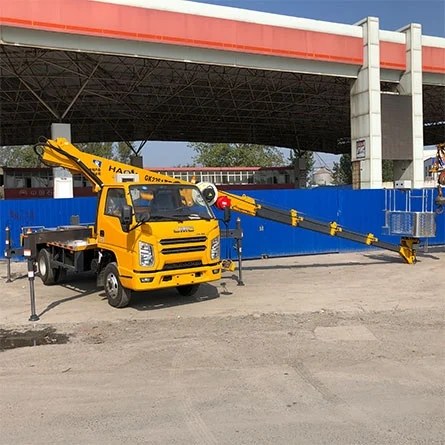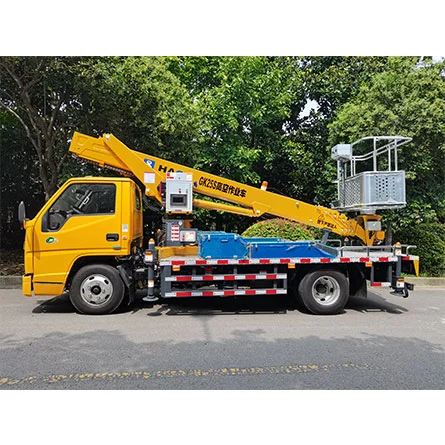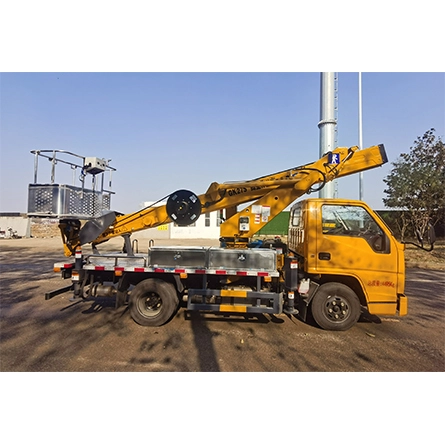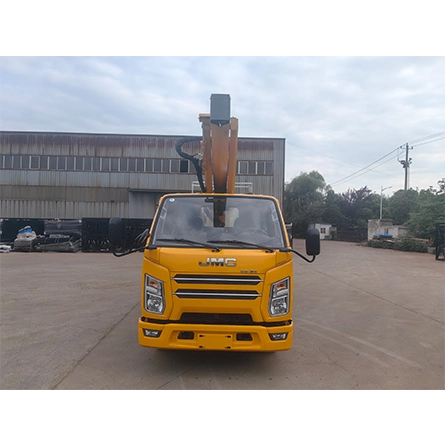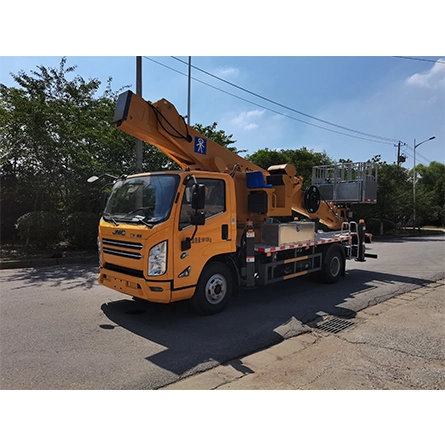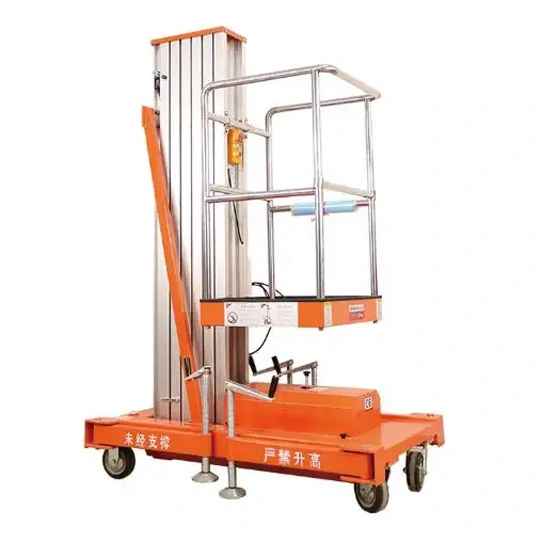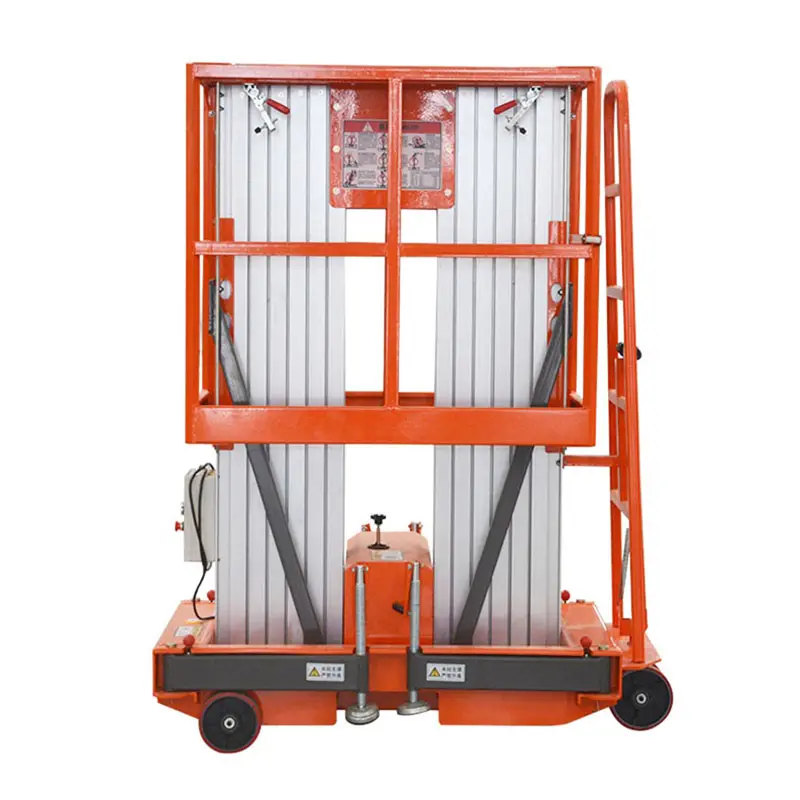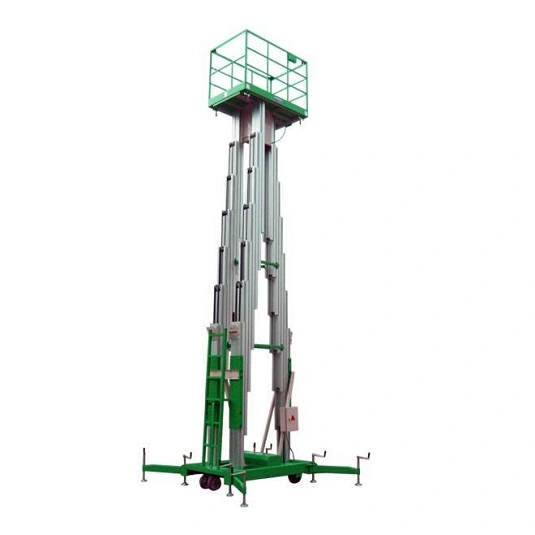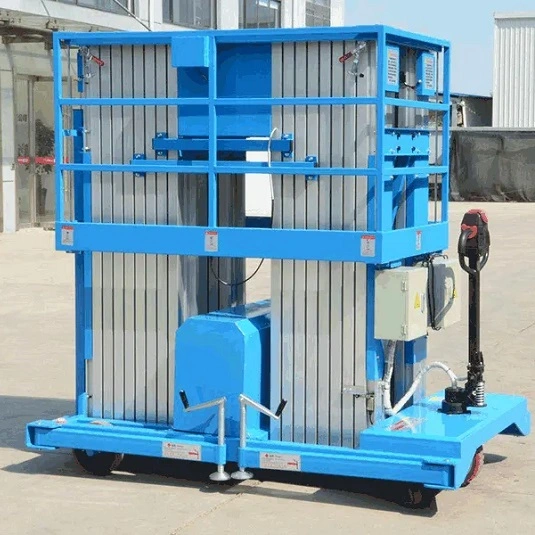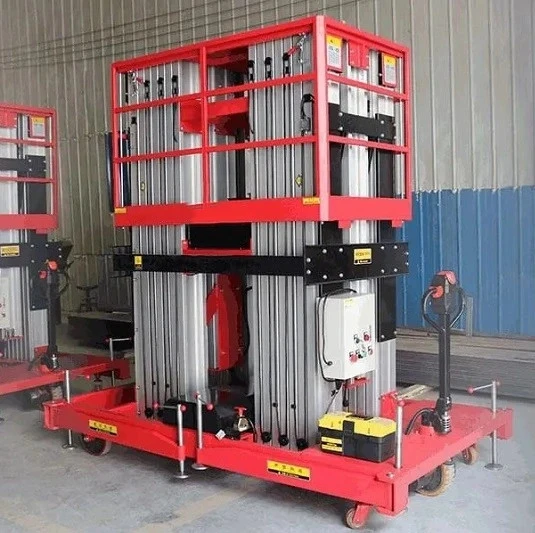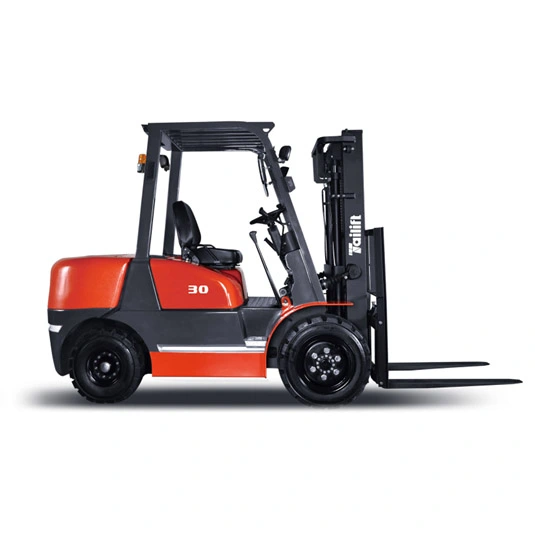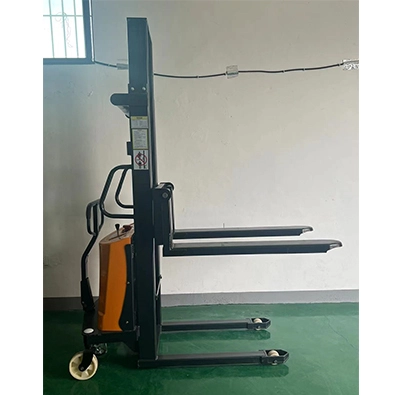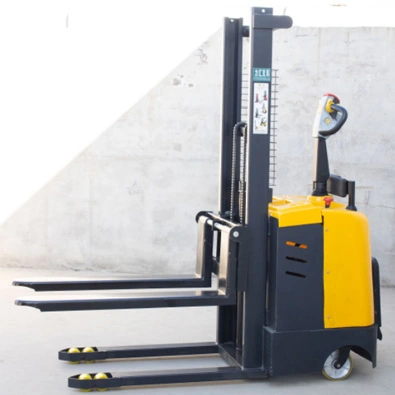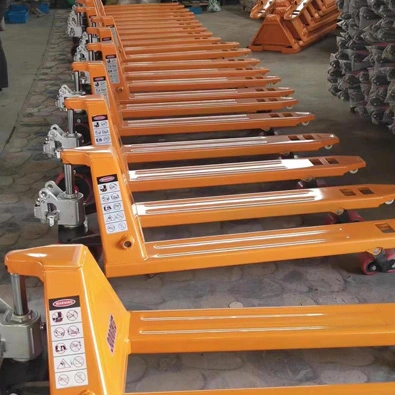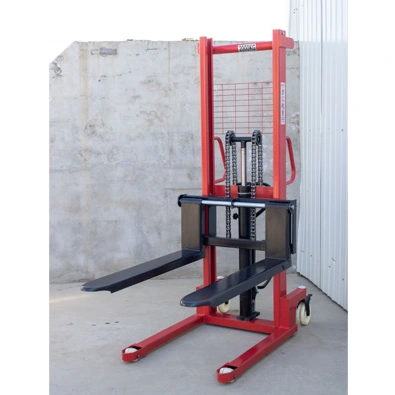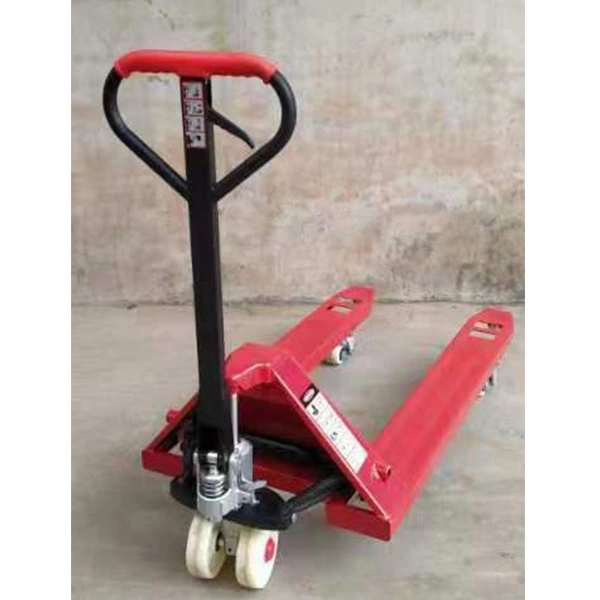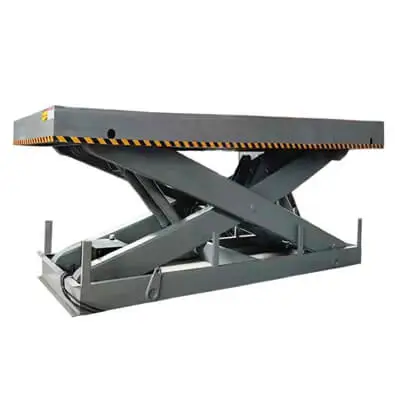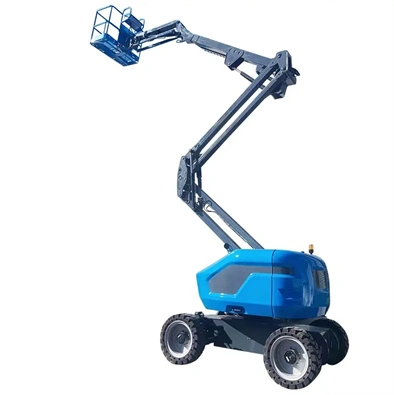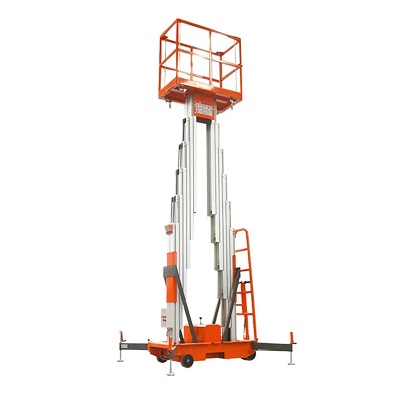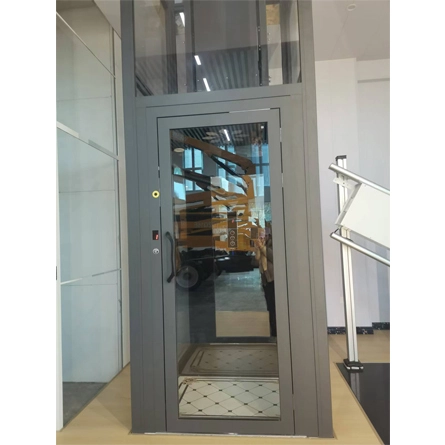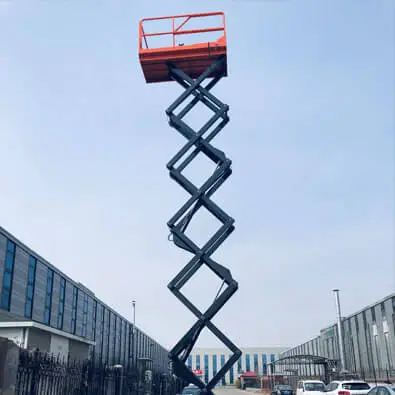When it comes to purchasing forklifts in bulk, understanding the key components of these essential machines can make a significant difference in your decision-making process. This guide will walk you through the critical parts of a forklift, helping you make informed choices that ensure efficiency, safety, and longevity.
The Heart of the Forklift: The Engine
When deciding to buy forklift in bulk, please focus on the engine first. The engine is the powerhouse of any forklift, driving its performance and efficiency. Depending on your operational needs, you can choose between internal combustion engines (ICE) and electric engines. ICE forklifts are typically powered by diesel, gasoline, or propane, offering robust performance for heavy-duty tasks. On the other hand, electric forklift is quieter, produces zero emissions, and is ideal for indoor use. Understanding the engine type that best suits your operational environment is crucial for maximizing productivity and minimizing costs.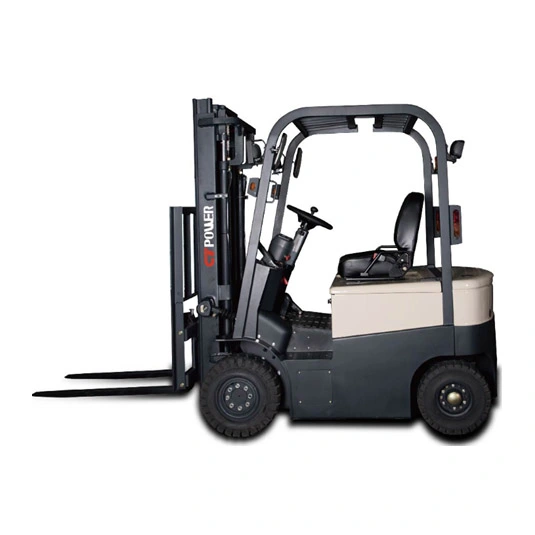
The Backbone: The Mast and Carriage
The mast and carriage are fundamental components that determine a forklift’s lifting capabilities. The mast is the vertical assembly that raises and lowers the load, while the carriage is the platform that supports the forks and the load. There are different types of masts, such as simplex, duplex, and triplex, each offering varying lift heights and visibility. Selecting the right mast and carriage configuration is essential for ensuring that your forklifts can handle the specific lifting requirements of your operations.
The Control Center: The Operator Cabin
The operator cabin is where the forklift driver controls the machine. A well-designed cabin enhances operator comfort and safety, leading to increased productivity. Key features to look for include ergonomic seating, intuitive control layouts, and clear visibility. Advanced cabins may also offer climate control, digital displays, and enhanced safety features like backup cameras and proximity sensors. Investing in forklifts with high-quality operator cabins can reduce operator fatigue and improve overall efficiency.
The Foundation: The Tires and Wheels
Tires and wheels are critical for the stability and maneuverability of a forklift. There are two main types of forklift tires: pneumatic and solid. Pneumatic tires, filled with air, provide better traction and are suitable for rough, outdoor terrain. Solid tires, made of rubber, are puncture-proof and ideal for indoor use on smooth surfaces. Choosing the right type of tires based on your operational environment can significantly impact the performance and lifespan of your forklifts.
Understanding the key components of a forklift is essential for bulk buyers looking to make informed purchasing decisions. By focusing on the engine, mast and carriage, operator cabin, and tires, you can ensure that your forklifts meet the specific needs of your operations, leading to improved efficiency, safety, and cost-effectiveness. Investing in the right forklifts will not only enhance your operational capabilities but also provide long-term value for your business.
Related topics recommendations:
lightweight articulating boom lift
electric hydraulic scissor lift
Narrow electric articulating boom lift
25m scissor lift
Vehicle mounted boom lift
Scissor lift maintenance
Articulating boom lift definition

